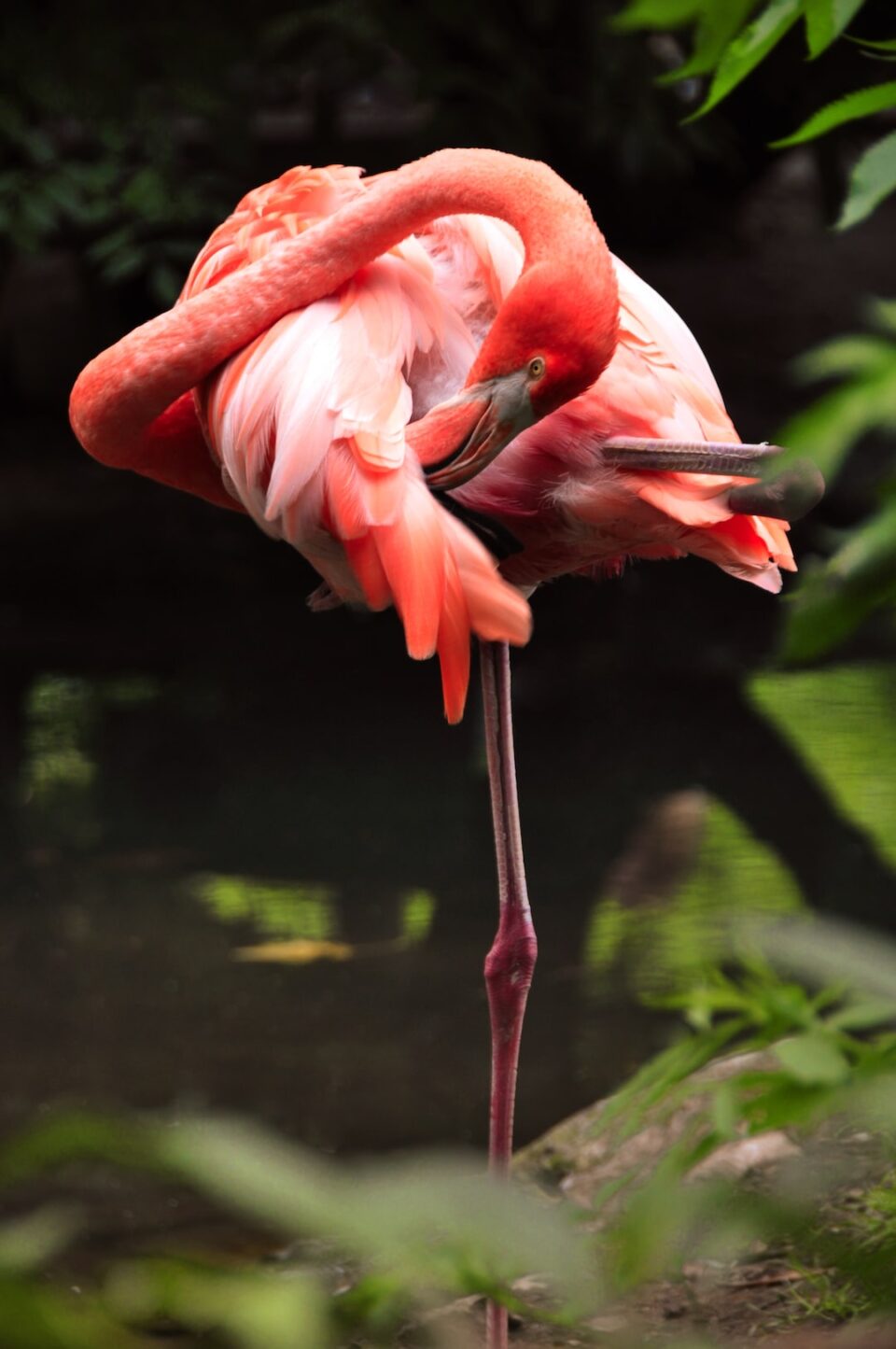Plastic pollution has become an epidemic that is threatening our planet, particularly our oceans and its delicate marine life. Every year, millions of tonnes of plastic waste are dumped into our seas and waterways, causing irrevocable damage to the underwater ecosystems.
Marine creatures are paying a heavy price for human negligence and the excessive use of plastic. One of the most immediate dangers they face is entanglement. Discarded fishing nets and other fishing gear, often made of durable plastics, pose a significant threat to marine life. Sea turtles, seals, dolphins, and whales are among the unsuspecting victims that become tangled in these nets, leading to their entrapment, injury, and often death. Unable to swim freely or access food sources, these creatures suffer greatly before eventually succumbing to exhaustion or starvation.
But it’s not just entanglement that endangers marine life; ingestion of plastic is an equally grave issue. Marine animals often mistake plastic debris for food, leading to devastating consequences. Floating plastic bags, for instance, can resemble jellyfish, a staple food source for sea turtles. When ingested, the plastic forms blockages in their digestive systems, preventing regular function and often leading to a painful death. Similarly, seabirds, like albatrosses, mistake small plastic particles, such as bottle caps and microplastics, for tiny fish, filling their stomachs with indigestible materials that can ultimately starve them.
The damage caused by plastic pollution extends beyond death and physical harm. Many plastics, especially those that contain chemicals such as Bisphenol A (BPA), can leach harmful toxins into the surrounding water. These chemicals can disrupt endocrine systems, impair reproduction, and weaken immune systems in marine life. Moreover, as these toxins move up the food chain, they can eventually find their way into human diets, posing potential health risks for us as well.
Perhaps one of the most far-reaching consequences of plastic pollution is the destruction of coral reefs, one of the most biodiverse ecosystems on Earth. Coral reefs are incredibly sensitive, and even small increments in water pollution can lead to devastating impact. Plastic fragments reduce the amount of light reaching the corals, hindering their growth and reproductive cycles. Moreover, plastics can introduce harmful pathogens to the reefs, contributing to the spread of diseases, further endangering this fragile ecosystem.
The scale of plastic pollution on marine life is truly alarming, but solutions are within reach. Reducing our reliance on single-use plastics, such as shopping bags and beverage bottles, is a crucial step we can all take. Plastic recycling programs and the development of sustainable alternatives are also important initiatives that can help combat the problem. Additionally, implementing stricter regulations on plastic waste disposal and promoting education about the dangers of plastic pollution can raise awareness and engage more people in this global effort.
Ultimately, the dangers of plastic pollution on marine life cannot be understated. We must recognize that the well-being of our oceans is intrinsically tied to the health of our planet as a whole. By taking responsibility for our actions and making conscious decisions in our daily lives, we can work together to preserve the precious marine ecosystems that exist beneath the surface and protect the magnificent creatures that call them home. Let us act now before it’s too late.


